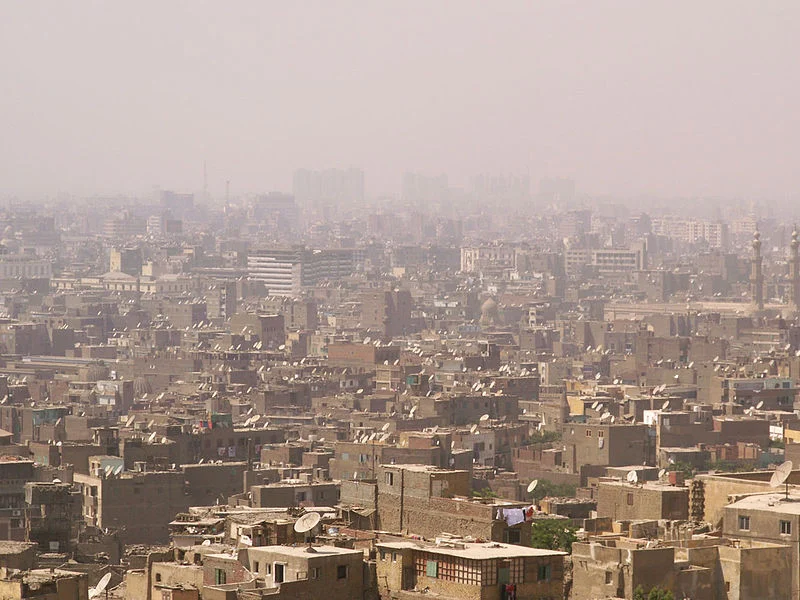Hot summer days in large cities are often accompanied by vehicle and industrial emissions that makes breathing difficult and unhealthy.
According to Andrea Pozzer of the Max Planck Institute, high levels of urban pollution are likely to affect most of the world’s population by 2050 – with China, North India and the Middle East expected to record the most drastic deterioration in air quality.

“Air pollution is one of the major current health risks of humanity. At present, urban outdoor air pollution causes 1.3 million estimated deaths per year worldwide, according to the World Health Organization,” Pozzer explained.
“That number will increase in coming years if no further action is taken to reduce pollutants. Our study shows that further legislation to control and reduce man-made emissions is needed, in particular for eastern China and northern India, to avoid hot-spots of elevated air pollution.”
As noted above, eastern China and northern India are two geographic locations struggling with the highest global pollution levels.
“East Asia will be exposed to high levels of pollutants, such as nitrogen dioxide, sulphur dioxide and fine particulate matter (PM2.5). [Meanwhile], Northern India and the Arabian Gulf region will suffer a marked increase in ozone levels.
“This is primarily due to population density and the expected increase in industrial production and transport in these areas. Air pollution in Europe and North America would also increase, but due to the effect of mitigation policies – that have been in place for over two decades now – to a much lesser extent than in Asia,” Pozzer added.






